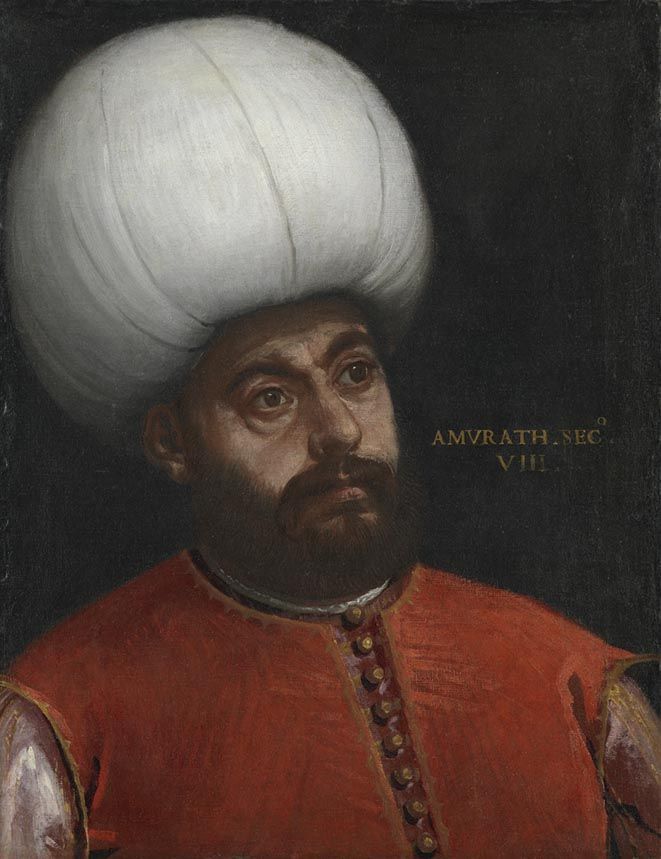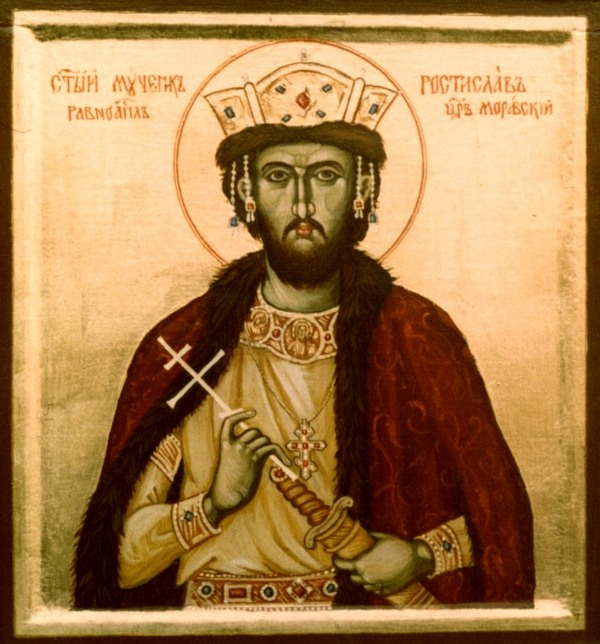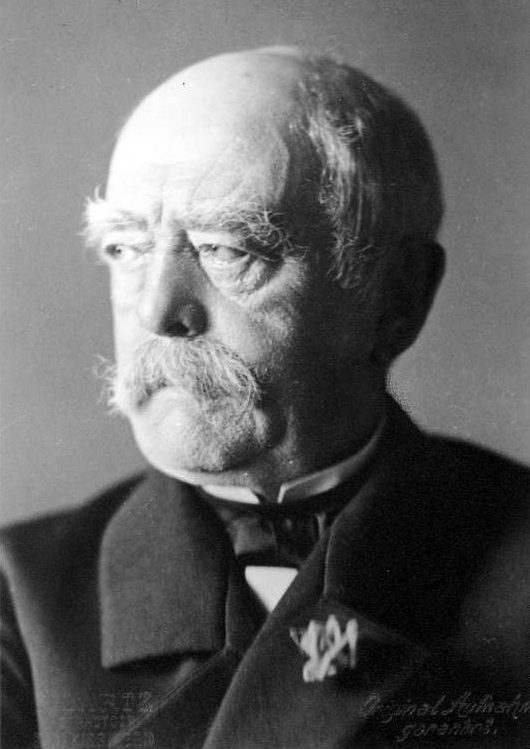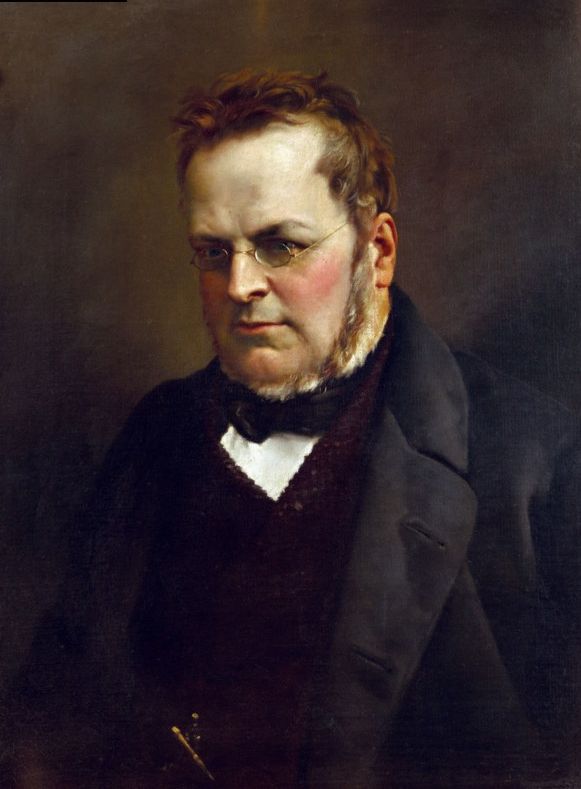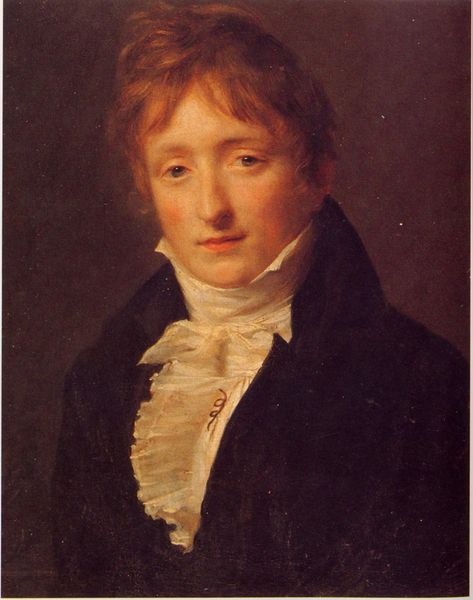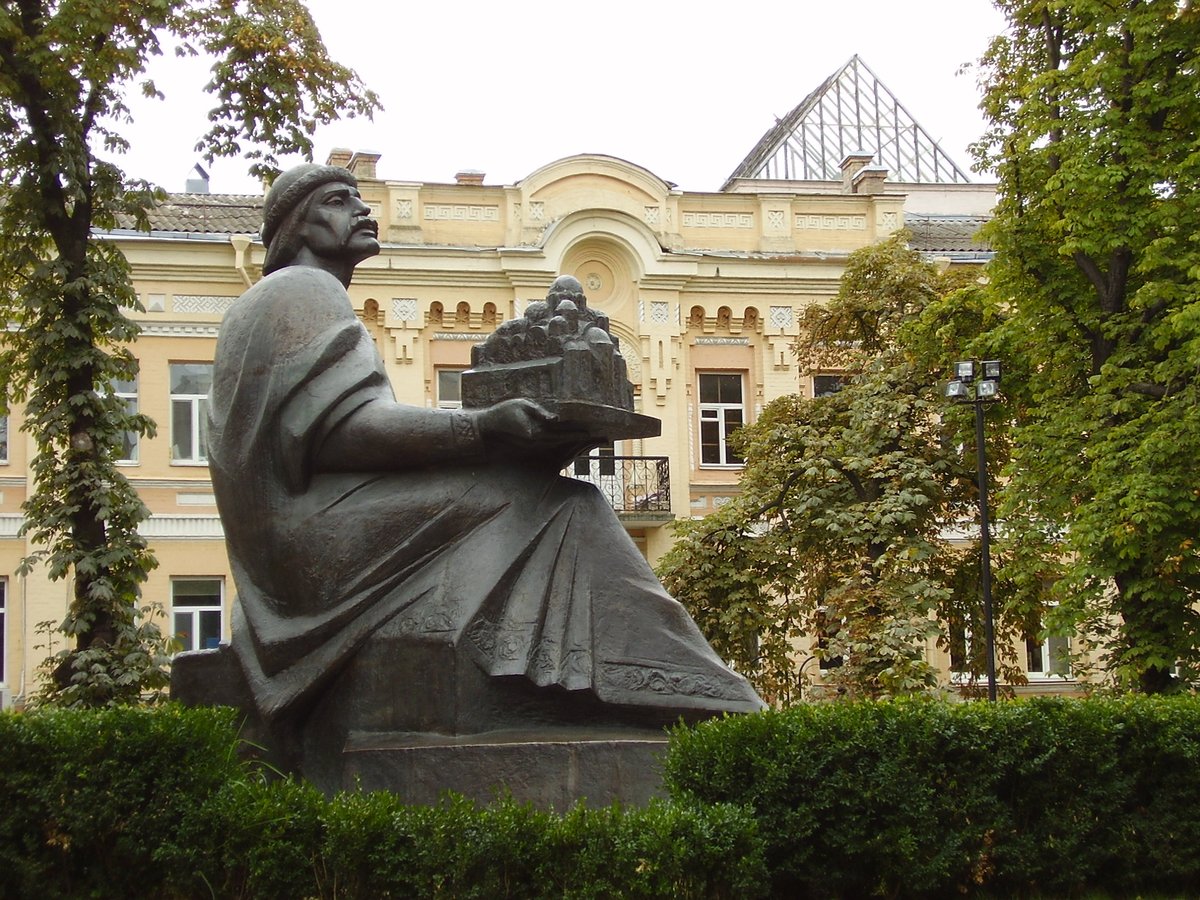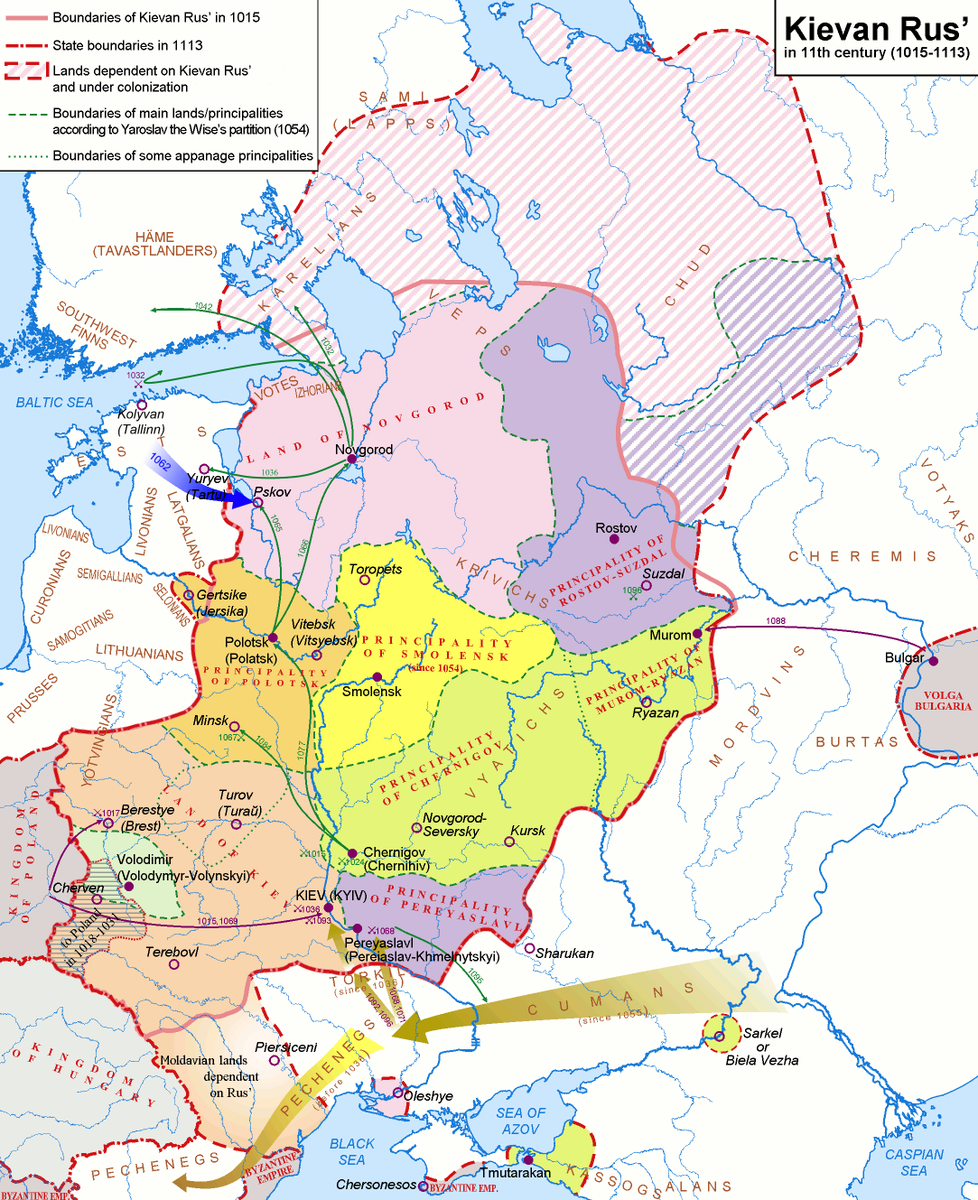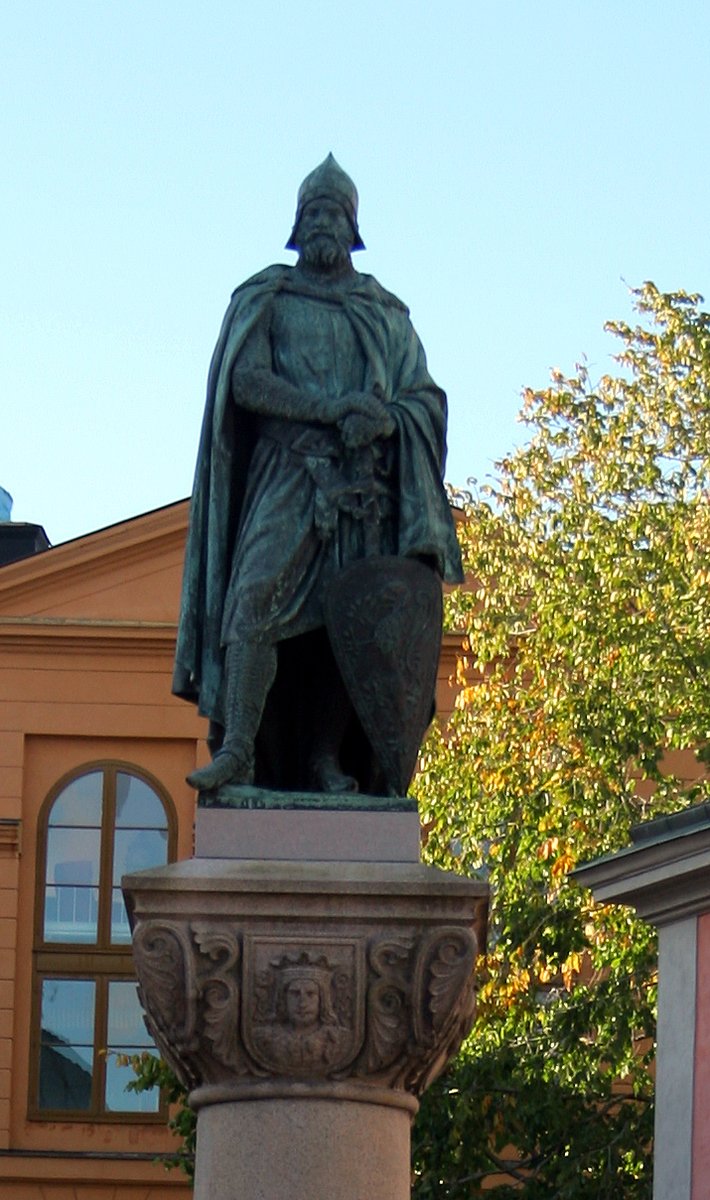An exalted institution, a link to a glorious past,
A princely ruler at the helm and,
A steep fall from the precipice.
Story in the evening ...
A princely ruler at the helm and,
A steep fall from the precipice.
Story in the evening ...
https://twitter.com/Arby_K/status/1394480980400873474
Giovanni de' Medici was born in 1475 to Lorenzo de' Medici and Clarice Orsini. Lorenzo was the de facto ruler of the Republic of Florence and ran the Medici Bank. As a younger son, Giovanni was destined for Church, with Pope Innocent VIII naming him a Cardinal in 1489. 1/10 

Because of his age, his official appointment would take till 1492. But his move to Rome had to be curtailed after his father's death the same year. Giovanni's elder brother, Piero, succeeded, but in 1494 the Florentines rebelled and expelled the Medici. 2/10 

Giovanni fled for northern Europe, but returned to Rome in 1500. In 1503, Piero de' Medici died, making Giovanni the head of the family. He also took part in two papal elections that year, electing Pope Pius III and later, Pope Julius II. 3/10 

Pope Julius II went to war against Venice, who had been eating up Papal states. By 1508, he had gained Romagna and Bologna, to where Giovanni was appointed as papal legate in 1511. In 1512, Giovanni gained control of Florence, where he put his brother, Giuliano, in charge. 4/10 

In 1513, Pope Julius died and Giovanni was elected as the new Pope. Taking the name Leo, he was ordained as a priest on 15th March and consecrated as Pope two days later. As a Pope, he spent lavishly on art with artists like Raphael at work. 5/10 

Self indulgent, he also put the Church badly in debt and sold more indulgences (essentially "Get out of hell for a donation" cards) to balance the books. When France marched onto Milan, he resisted them, only to switch sides after French victory at Marignano. 6/10 

In 1516, the Pope's brother, Giuliano died. This led the Pope to shift his focus on his nephew, Lorenzo, whom he made Duke of Urbino after a costly war. But Lorenzo died in 1519 and Urbino went back to its former lords, though Medici still retained Florence. 7/10 

In 1517, the Pope had a Cardinal, who was rumoured to be his lover, killed calling it an assassination conspiracy. With the worsening financial crisis, he appointed 31 Cardinals the same year. Later that year, a German priest called out the practice of selling indulgences. 8/10 

The Ninety-Five Theses of Martin Luther immediately went viral, perhaps with a bit of Streisand effect as it led to pamphlet war with Johann Tetzel. The Pope defended his right to sell indulgences in 1518 and attempted unsuccessfully to suppress Luther. 9/10 

The Pope excommunicated Luther in 1521 and at the subsequent Diet of Worms, Luther refused to bow down. While the Pope died the same year, Prussia, Hesse, Saxony, Sweden and Denmark had broken away from a self-indulgent Rome by 1540 siding with Luther. 10/10 

• • •
Missing some Tweet in this thread? You can try to
force a refresh


